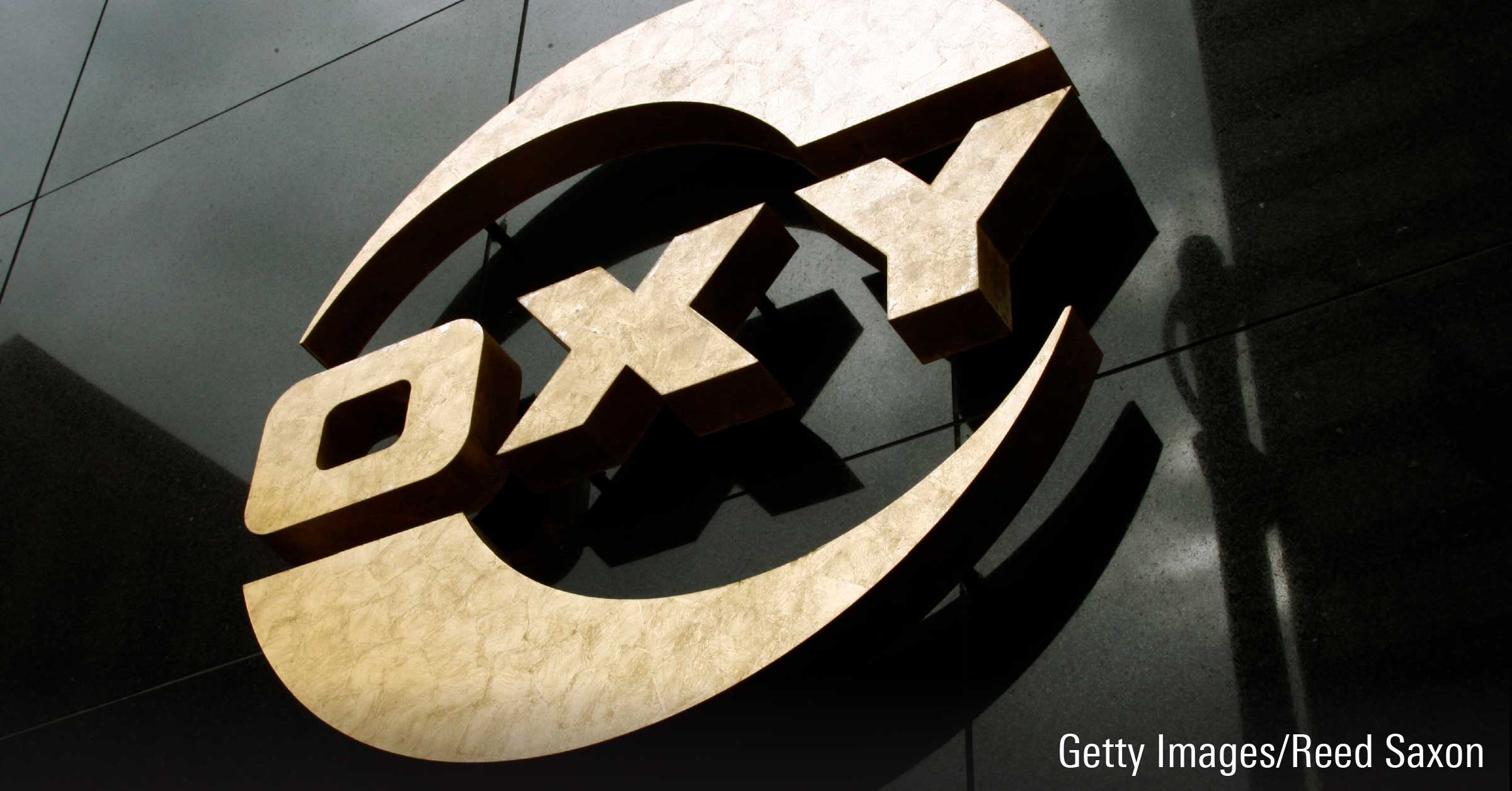Question: A friend recommended I look into floating-rate funds for my fixed-income portfolio to protect against a rise in interest rates. How do these funds work, and how do I know if they're right for me?
Answer: Given many financial professionals' expectations that interest rates will rise in the not-too-distant future, it's no wonder many fixed-income investors are considering floating-rate funds for their portfolios. The advantage these funds have over other fixed-income funds is that the interest they pay adjusts along with market interest rates. This adjustment typically happens on a monthly or quarterly basis and is based on LIBOR plus a spread.
The key distinction between floating-rate securities and fixed-rate bonds involves how each investment type reacts to movements in market rates. A floating-rate security tends to keep its value if rates rise whereas a fixed-rate bond will lose value. That's because an existing bond with a fixed rate is worth less if investors can buy new bonds at higher rates. If rates drop, the opposite occurs--the existing fixed-rate bond will increase in value.
Because of the protection floating-rate bonds offer against rising interest rates, some bond funds invest in floating-rate fare to reduce the rate sensitivity of their portfolios. One commonly used type is known as a bank loan. Corporations needing to borrow money may do so with help from one or several commercial or investment banks, which syndicate the loans and help sell them to investors. These loans typically receive below-investment-grade ratings, reflecting a relatively high risk of default. As is the case with other bond types, investment-grade floating-rate securities tend to pay lower interest rates than fixed-rate bonds do, while non-investment-grade floating-rate securities offer higher rates but also carry more credit risk.
Most dedicated floating-rate funds offered in Canada invest primarily in bank loans. These funds have become increasingly popular as investors worry about rate increases while also reaching down the credit spectrum for yield. In fact, floating-rate funds now have over a billion dollars in assets. South of the border, bank-loan funds saw some of the heaviest net asset inflows of any fund category for the first quarter of this year, taking in US$15.1 billion in new money.
Rate protection may come at a price
An issue of concern when investing in bank-loan funds is the fact that companies that issue the bonds may be heavily leveraged, which raises the risk of default. If the company becomes unable to pay its debts, the value of the bank loan could plummet. Like junk-bond funds, the majority of securities held by bank-loan funds are rated BB or lower. Morningstar exchange-traded fund analyst Tim Strauts recently wrote about the credit risks associated with bank loans in this article. Although bank loans are similar to high-yield bonds in that both security types offer investors access to higher yields in exchange for taking on greater credit risk, Strauts points out that bank loans are generally considered safer because they are higher in the capital structure than other bonds and the issuing company provides collateral as protection in case of default.
Even so, both high-yield bond funds and bank-loan funds are more stock-like in terms of their behaviour in that they can be more volatile than other bond types and, as Strauts' article points out, are more correlated to equities. They also can take a pounding in weak credit markets, when investors flock to higher-quality debt instruments. Consider that in 2008, when the S&P 500 lost 37%, the average bank-loan fund in the U.S. lost 30% while the average high-yield bond fund lost 26%. By comparison, the Barclay's U.S. Aggregate Bond Index of investment-grade bonds gained 5% that year. Bank-loan funds' volatility makes them a poor choice for fixed-income investors in search of a more stable alternative to stocks.
Higher fees
Management-expense ratios for the four bank-loan funds sold in Canada tend to be higher than those found on traditional broad-based or even high-yield bond funds. The two biggest bank-loan funds in Canada -- Manulife Floating Rate Income and Trimark Floating Rate Income -- charge annual fees of 1.73% and 1.59%, respectively. This is comparable to the average fee of 1.62% levied by funds in the High Yield Fixed Income category, but is much more expensive than the average 1.29% MER on Canadian Fixed Income funds.
An alternative source for bank-loan exposure is PowerShares Senior Loan CAD-Hedged BKL, which has a management fee of 0.90%, or its U.S.-listed counterpart, PowerShares Senior Loan Portfolio ETF BKLN, which charges just 0.66% in expenses and yields 3.8%. For investors interested in owning investment-grade floating-rate securities, another ETF option is the TSX-listed iShares DEX Floating Rate Note Index XFR, an ETF that tracks an index of such securities with maturities of less than five years, while annual expenses are 0.20%.
For fixed-income investors concerned about a rise in interest rates, floating-rate funds are a viable option. But be aware that you will either have to settle for reduced yields (in the case of investment-grade floating bonds) or added credit risk and volatility (as in the case of bank loans). As a result, a floating-rate fund is likely not a good choice as a core holding. Rather, use a floating-rate fund as a complementary player, one that can help reduce your portfolio's interest-rate risk.
Have a personal finance question you'd like answered? Send it to AskTheExpert@morningstar.com.















